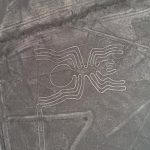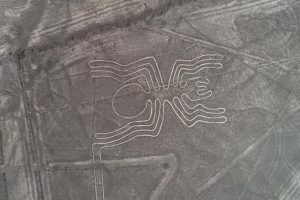Liver cancer, a very common disease worldwide, usually appears in patients with chronic liver disease. It is a tumor that must be diagnosed early in order to apply curative treatments. For this reason, it is very important to find diagnostic tests and biomarkers to improve the prognosis of this disease and prolong the life of patients. Currently, diagnosis consists of performing periodic ultrasounds on those patients at risk of developing this tumor, especially in patients with cirrhosis of the liver.
A new study, conducted by experts from the Hospital Clínic de Barcelona and the August Pi i Sunyer Biomedical Research Institute (IDIBAPS) in Barcelona, shows that blocking this gene reduces the growth of liver cancer in mice. The research, using different animal models, confirms that the Dhx15 gene is essential for proper liver formation and suggests that the Dhx15 gene could be a target for diagnosing and treating liver diseases such as cancer.
The research was led by Dr. Manuel Morales-Ruiz, head of the Department of Biochemistry and Molecular Genetics at Clínic and of the Translational Research in New Therapeutic and Diagnostic Strategies in Liver Diseases group at IDIBAPS, and researcher at the Biomedical Research Network Centre for Liver and Digestive Diseases (CIBEREHD), in Spain. The first author of the study is Irene Portolés, a researcher on the same team.
The study used two experimental models: zebrafish and mice. In these models, the formation of the liver, its network of blood vessels and its ability to regenerate were studied.
The results have shown the different effects that blocking Dhx15 causes in these animals. In the case of zebrafish, embryos without the gene do not develop a liver and cannot survive. In mice, the lack of Dhx15 causes the liver to recover less well and causes problems with metabolism, especially with blood sugar. In addition, blocking Dhx15 reduces the growth of liver cancer and its spread in a mouse model.
The researchers Jordi Ribera and Manuel Morales, from the Hospital Clínic and the IDIBAPS. (Photo: Hospital Clínic / IDIBAPS)
The importance of DHX15 in other processes
In a previous study, this same group investigated the functions of DHX15, a protein that helps process RNA and is regulated by Akt1. DHX15 was found to be important for the development and function of blood and lymphatic vessels. DHX15 was also shown to regulate cancer growth and spread in a mouse model of lung cancer.
In recent years, other studies have found that problems with proteins like DHX15 may be linked to cancer. In some cases, DHX15 can help tumors grow, while in others it can prevent them from doing so. In this study, we therefore specifically wanted to look at how DHX15 affects the liver, its ability to regenerate, and how it influences liver cancer and its spread.
In short, the study led by Dr. Morales has shown that Dhx15 is essential for proper liver formation. In addition, the results suggest that blocking Dhx15 could help control tumor growth and could be used to diagnose the disease in patients, since it has been seen that patients with liver cancer have higher levels of Dhx15 in their blood than healthy people. This part of the study has been carried out in collaboration with researchers from the Hepatic Oncology Unit of the Hospital Clínic (BCLC, IDIBAPS and CIBEREHD), led by Dr. María Reig.
“Further studies are needed, as well as clinical trials in humans to confirm these indications. However, this research opens the door to a more than possible therapeutic target,” concludes Manuel Morales.
The study is titled “Identification of Dhx15 as a Major Regulator of Liver Development, Regeneration, and Tumor Growth in Zebrafish and Mice.” It has been published in the academic journal International Journal of Molecular Sciences. (Source: Hospital Clínic de Barcelona)











![[Img #73341]](https://thelatestnews.world/wp-content/uploads/2024/08/The-Dhx15-gene-could-be-a-target-for-diagnosing-and.jpg)


![[Img #74676]](https://thelatestnews.world/wp-content/uploads/2024/12/Laser-artificial-neuron-300x200.jpg)
Add Comment